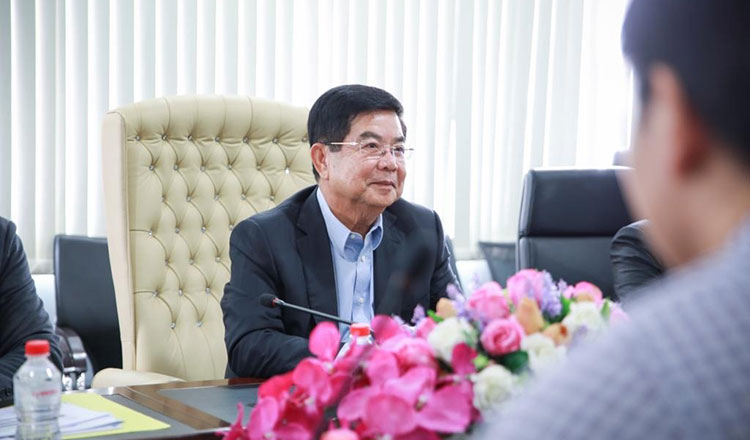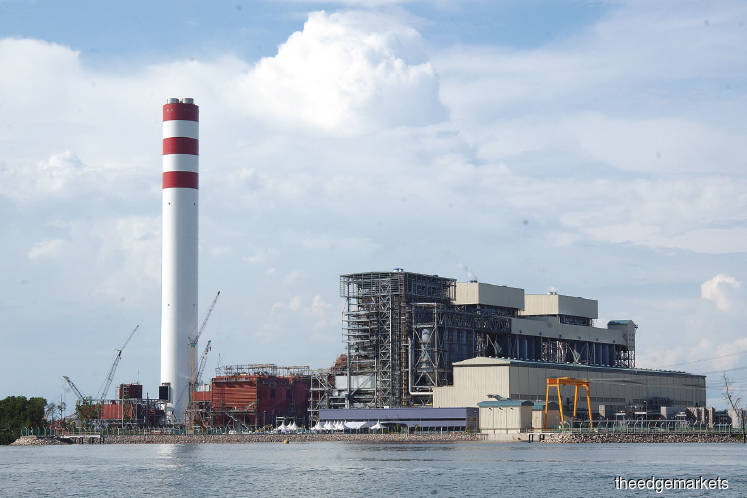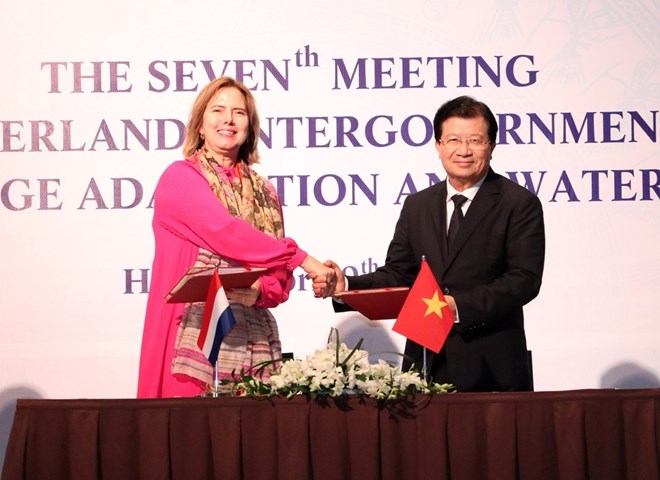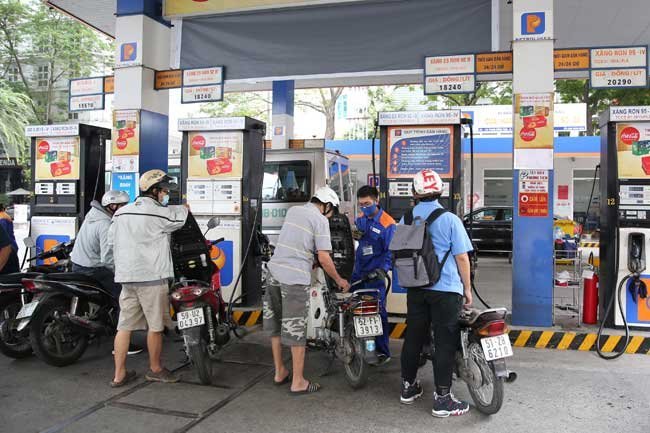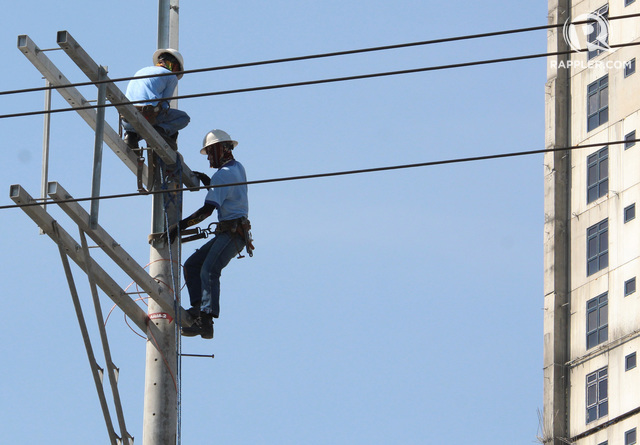FOR most of the first quarter, the price of liquefied natural gas (LNG) has been languishing at less than US$3 per million British thermal unit (mmBtu), lower than the past six-month average of US$3.30.
The low price was driven by the huge supply coming from Australia and the US, as well as lower-than-expected demand as winter in the northern hemisphere was less severe than initially anticipated.
Industry observers say the situation is likely to persist, as US exports of natural gas are expected to reach nine billion standard cu ft (scf) per day this year, almost twice last year’s volume, according to projections by the US Energy Information Agency (EIA).
“With the last of the eight major Australian projects built over the past decade coming onstream, and more volume becoming available from the US, the oversupply situation is likely to be amplified for the rest of 2019, at least in Asia,” says an observer.
With supply from Australia and the US expected to remain high, LNG prices are expected to remain at the current low level for the rest of the year. The EIA forecasts that the natural gas price will average US$2.85 per mmBtu this year, some 30 US cents lower than last year.
“The spot price for LNG delivered to Northeast Asian customers dropped to US$4.65 per mmBtu in the week to March 21, the lowest since May 2016. That is less than RM20 per mmBtu. Currently, the LNG tariff to non-power users is RM32.92 per mmBtu while power generators pay RM27.20 in Malaysia,” the observer says.
This is a rare occasion that the regulated domestic piped gas price in Malaysia is higher than the international price. This raises the question whether the government will cut the regulated gas price.
Industry analysts and observers The Edge spoke to believe so, assuming that the government will adjust the domestic regulated price responsively according to the international price.
Should the regulated gas price be revised downward, this would be good news for local manufacturers, including glove makers, who have been complaining of high gas and electricity prices following a hike in the gas price by Gas Malaysia Bhd and the imbalance cost pass-through (ICPT) surcharge by the Energy Commission.
Last December, Gas Malaysia increased the average natural gas base tariff to non-power users in Peninsular Malaysia to RM32.69 per mmBtu, from RM31.92. Together with the 23 sen per mmBtu gas cost pass-through surcharge, this works out to RM32.92 per mmBtu.
The new gas tariff applies to January to June this year.
“Incentive-based regulation parameters set the market’s natural price at RM35 per mmBtu. If the (international) market price of LNG is lower than this, then the cost savings will be passed on to consumers,” says Hafriz Hezry, an analyst with MIDF Research who covers Tenaga Nasional Bhd.
Furthermore, the drop in coal and LNG prices also prompted many to wonder whether that would bring down eletricity tariff.
The ICPT was implemented to enable the fluctuation of fuel costs to be passed down to end-users through adjustments of electricty tariffs every six months.
Coal accounts for half the fuel mix for power production, piped gas being the second biggest.
Hafriz noted that lower coal prices will reduce the system’s overall generation cost, and any cost savings will be passed on to consumers in the form of lower electricity rates.
However, Hafriz notes that the price of the piped gas supply to the power sector is regulated. And that price has been raised by RM1.50 per mmBtu every six months in order to be on a par with the international price. The piped gas supply volume is also capped at one billion scf per day.
“Any excess consumption of natural gas will then be sourced at the market price. Given that the generation mix is currently skewed heavily towards coal, the power sector hardly hits the one billion scf per day ceiling,” he says via email.
The current regulated gas price to the power sector is RM27.20 per mmBtu. This will rise to RM28.70 in the second half, says Hafriz.
Meanwhile, his colleague Noor Athila Mohd Razali, who covers the oil and gas industry, believes natural gas prices will recover over the next few months as the equilibrium between demand and supply improves. She says LNG prices tend to be restored within a short period of time if the gyrations were due to the imbalance of supply and demand.
Commenting on the EIA’s projection of US exports of natural gas reaching nine billion scf per day this year, Athila says the increase in supply is expected to be absorbed by Europe and Asia — to be led by China.
“China saw a 78% improvement in winter air since it began to rigorously switch from coal to the cleaner natural gas due to its desire to comply with the Paris Climate Agreement. There is a growing and increasing need for China to fuel its economy using cleaner energy and this is expected to drive the demand for LNG.
“China is now the second largest LNG importer after Japan with imports doubling over the past two years. China’s demand is mainly driven by its industrial sector and residential and commercial use, and we opine that this will continue to be the case going forward,” she says.


